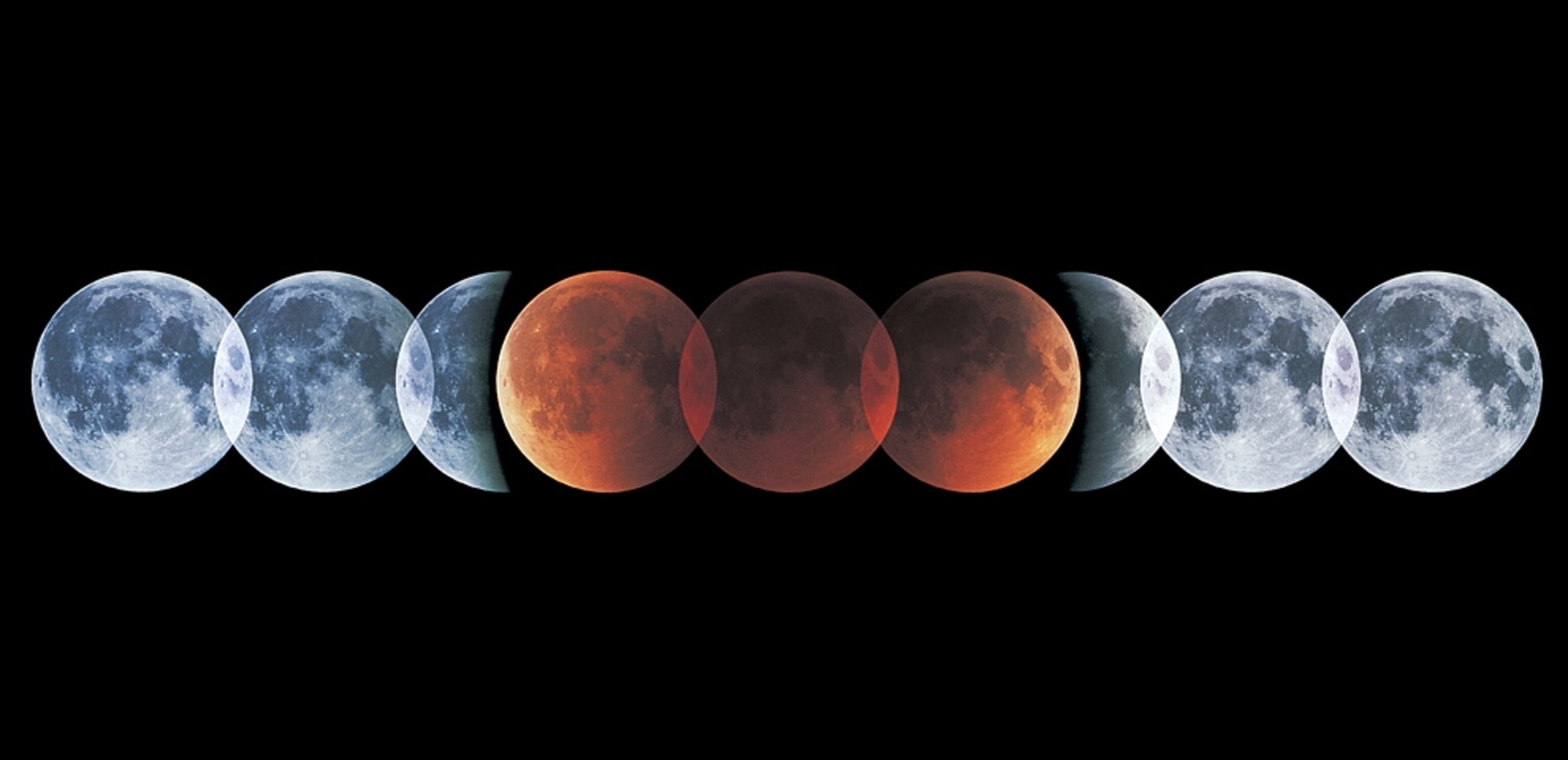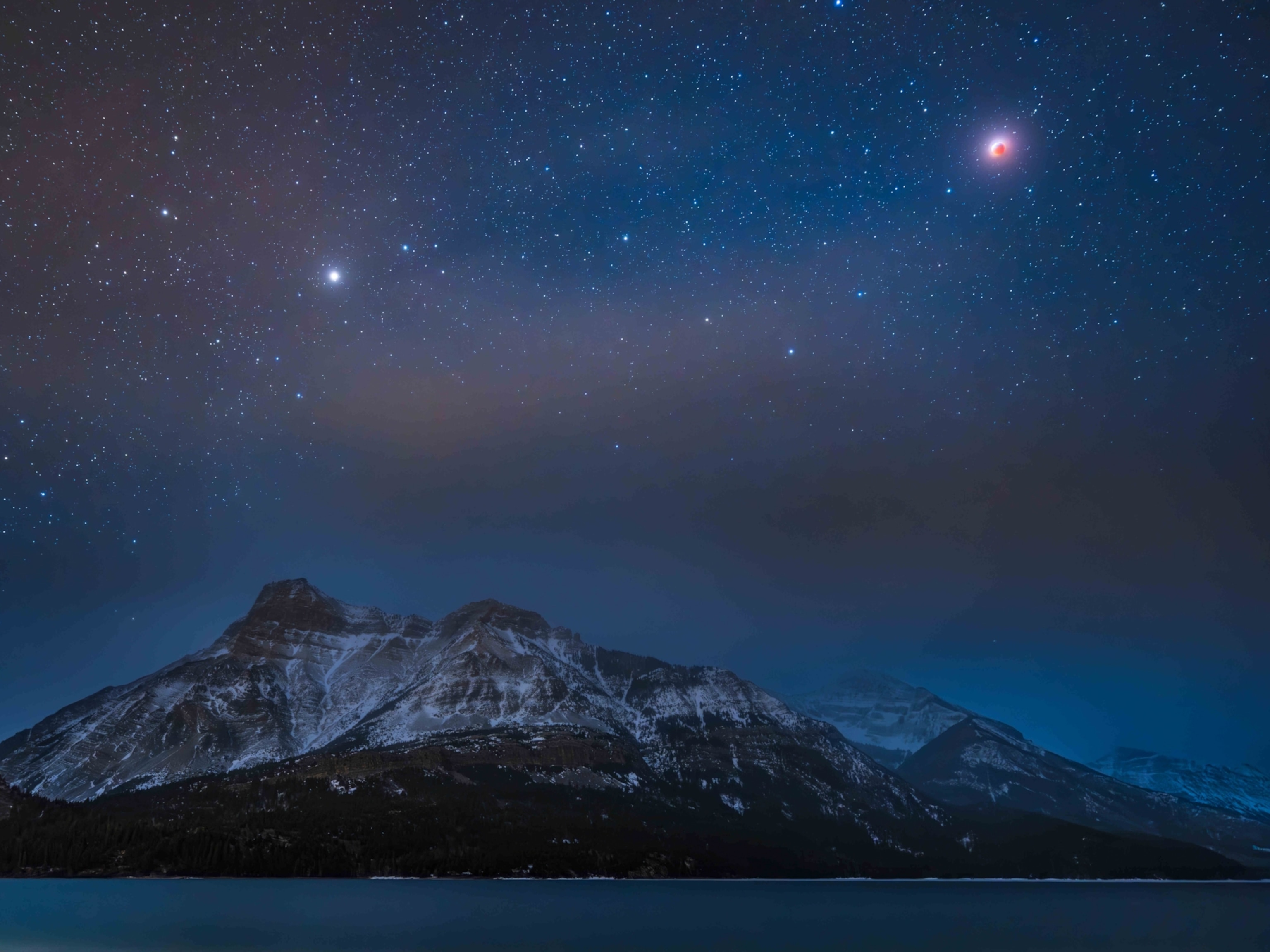
Total Lunar Eclipse This Weekend—Last One Until 2014
Saturday event will paint full moon red.
This weekend sky-watchers across most of the globe will have the chance to watch at least some of the last total lunar eclipse until 2014.
(Pictures: Lunar Eclipse "Preview"—What You'll See Saturday.)
The entire lunar eclipse will be visible in East Asia, Australia, and the far western portion of North America that includes Alaska and Canada's Yukon and Northwest Territories. The spectacle will last nearly three and a half hours, starting on Saturday at 4:45 a.m. Pacific Time.
Totality—when the full moon will be completely blocked from direct sunlight—will start at 6:05 a.m. PT and last until 6:57 a.m. PT.
Part of the eclipse will be visible in Europe and Africa at moonrise, in the evening, said Raminder Singh Samra, an astronomer at the H.R. MacMillan Space Centre in Vancouver, Canada.
"Meanwhile, observers across the Pacific region of North America will get to see the sky show low in the western horizon at moonset, in the early morning," he said.
Watch a live video feed of the total lunar eclipse from the Slooh SpaceCamera. Live broadcast starts at 5:00 a.m. PT on Saturday.





